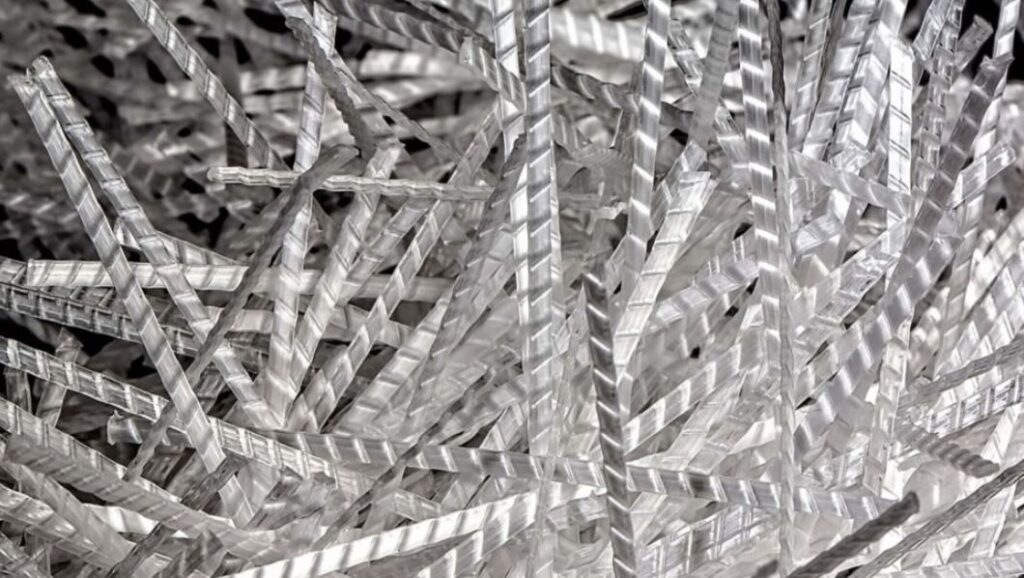From increased tensile strength to improved crack resistance and durability, concrete reinforcing fibers offer a reliable solution for optimizing concrete performance. Learn about the different types of reinforcing fibers available and how they contribute to the longevity and resilience of concrete structures.
Understanding Concrete Reinforcing Fibers
Concrete reinforcing fibers are small, discrete fibers added to concrete mixtures to enhance their mechanical properties. These fibers act as a secondary reinforcement system, distributing stress and improving the overall performance of concrete. They provide additional tensile strength, impact resistance, and crack control, making the concrete more durable and resilient.
Key Features and Benefits
- Increased Tensile Strength: Concrete reinforcing fibers significantly enhance the tensile strength of concrete, allowing it to withstand greater loads and stresses. The fibers reinforce the concrete matrix, reducing the risk of cracking and improving structural integrity.
- Improved Crack Resistance: Reinforcing fibers enhance the crack resistance of concrete, limiting crack propagation and minimizing the potential for structural damage. They act as a network of reinforcement, reducing crack width and ensuring the durability of the concrete.
- Enhanced Durability: Incorporating reinforcing fibers into concrete improves its resistance to abrasion, impact, and weathering, enhancing its overall durability. This results in longer service life and reduced maintenance requirements.
- Increased Flexural Strength: Concrete reinforcing fibers improve the flexural strength of concrete, allowing it to withstand bending and stretching without failure. This is particularly beneficial in applications where the concrete is subjected to dynamic loads or seismic activity.
- Versatile Applications: Concrete reinforcing fibers find applications in various construction projects, including floors, walls, precast elements, and shotcrete applications. They can be used in residential, commercial, and industrial settings to enhance the performance of concrete structures.
Applications in Construction and Infrastructure
Concrete reinforcing fibers are widely used in construction and infrastructure projects to improve the performance of concrete structures. In the construction industry, they are commonly utilized in the construction of foundations, slabs, and walls to enhance strength, crack resistance, and durability. In infrastructure projects, such as bridges and tunnels, reinforcing fibers ensure the longevity and resilience of critical components.

Moreover, in industrial settings, such as warehouses and manufacturing facilities, concrete reinforcing fibers provide increased impact resistance, reducing the risk of damage from heavy machinery and forklift traffic. Additionally, in transportation infrastructure, such as roads and airport runways, reinforcing fibers enhance the durability and crack control of the concrete pavement, improving its resistance to wear and tear.
Conclusion
In conclusion, concrete reinforcing fibers play a vital role in enhancing the strength, durability, and performance of concrete structures. By increasing tensile strength, crack resistance, and flexural strength, these fibers optimize the structural integrity of concrete, resulting in longer-lasting and resilient constructions.
Whether used in residential, commercial, or industrial projects, concrete reinforcing fibers offer a versatile solution for improving the performance of concrete in various applications. Explore the different types of fibers available and harness their benefits to unlock the true strength of concrete.
